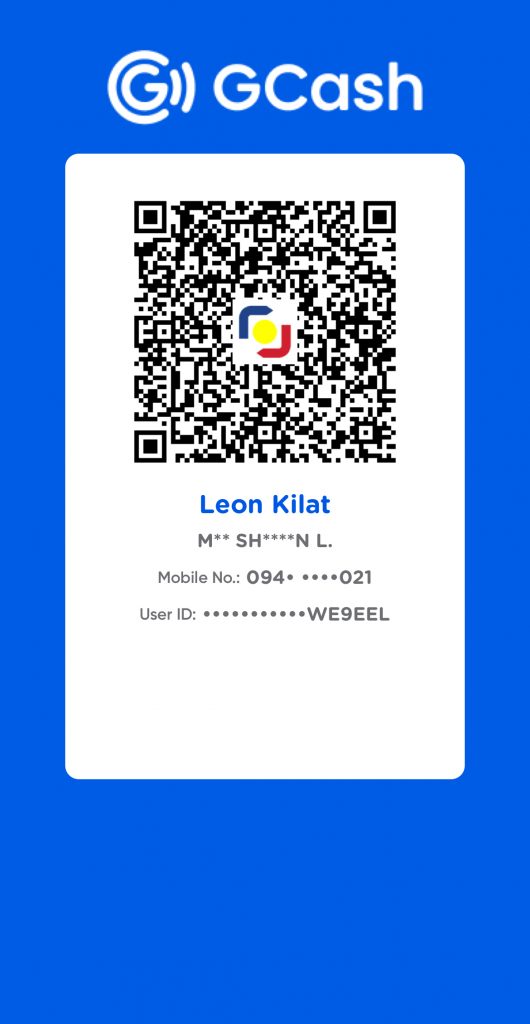STOP the “culture of copying” among Filipinos, Intellectual Property Office (IPO) Philippines Director General Ricardo Blancaflor said in his speech during the Cebu Creative Industries Summit on June 21.
Blancaflor pressed on the need to respect copyrights, saying creative industries rely on intellectual property.
Creative industries, he said, posted a yearly growth of 14 percent from 2002 to 2008. Blancaflor said the Philippines can compete with more developed countries through creative industries, which make full use of skills and talent.
Blancaflor makes a very important point. Software piracy, for example, is estimated at 69 percent in the country, accounting for $278 million in financial losses in 2010.
But he offers only part of the picture.
What is copyleft?
For certain sectors, especially the tech industry, it would do well for local businesses and entrepreneurs to look at a subset of copyright—copyleft.
Copyleft is a specific type of copyright that encourages distribution or “copying.” It is the license that covers most “open source” or “free software” applications.
Where copyright prohibits other people from reproducing or redistributing an author’s work, copyleft encourages it on the condition that resulting works are also distributed under the same license.

The copyleft symbol is the reverse of the copyright symbol.
Collaboration
Open source encourages collaboration with and building on the works of others. Strict copyright as we know it stifles that.
It used to be difficult campaigning for open source in the enterprise, even for such things as content management systems.
A few years ago, you could count yourself lucky to have a supporter in the room pushing for the use of an open source system—chances are everyone would insist on a proprietary system that had paid support. They feared security holes with the openness of free software.
Open source everywhere
Today, open source is everywhere. It runs the Internet. Open source-powered sites and services often leave competitors by the wayside.
It rules on mobile devices. Android, an open source mobile phone operating system, is now the dominant smartphone system with daily activations of half-a-million units just a couple of years after the project started.
Check any successful website or web service and chances are it uses open source components. Many of the so-called dotcom billionaires built and learned building systems on open source software.
I think the local tech industry has a lot of global potential via the open source route. Open source should be actively promoted in schools, instead of proprietary software and systems.
By actively participating in open source projects, students can get real world experience even before they take on a job.
To take advantage of open source, however, you have to go beyond merely using it. You are not taking full advantage of open source if you are unwilling to learn, relying instead on paid support. It helps to have that “hacker” ethos of tinkering.
Apart from collaboration, open source systems also encourage and reward learning.
Max is a journalist and blogger based in Cebu. He has written and edited for such publications as The Freeman, The Independent Post, Today, Sun.Star Cebu, Cebu Daily News, Philstar Life, and Rappler.
He is also a mobile app and web developer and co-founded InnoPub Media with his wife Marlen.


Leave a Reply